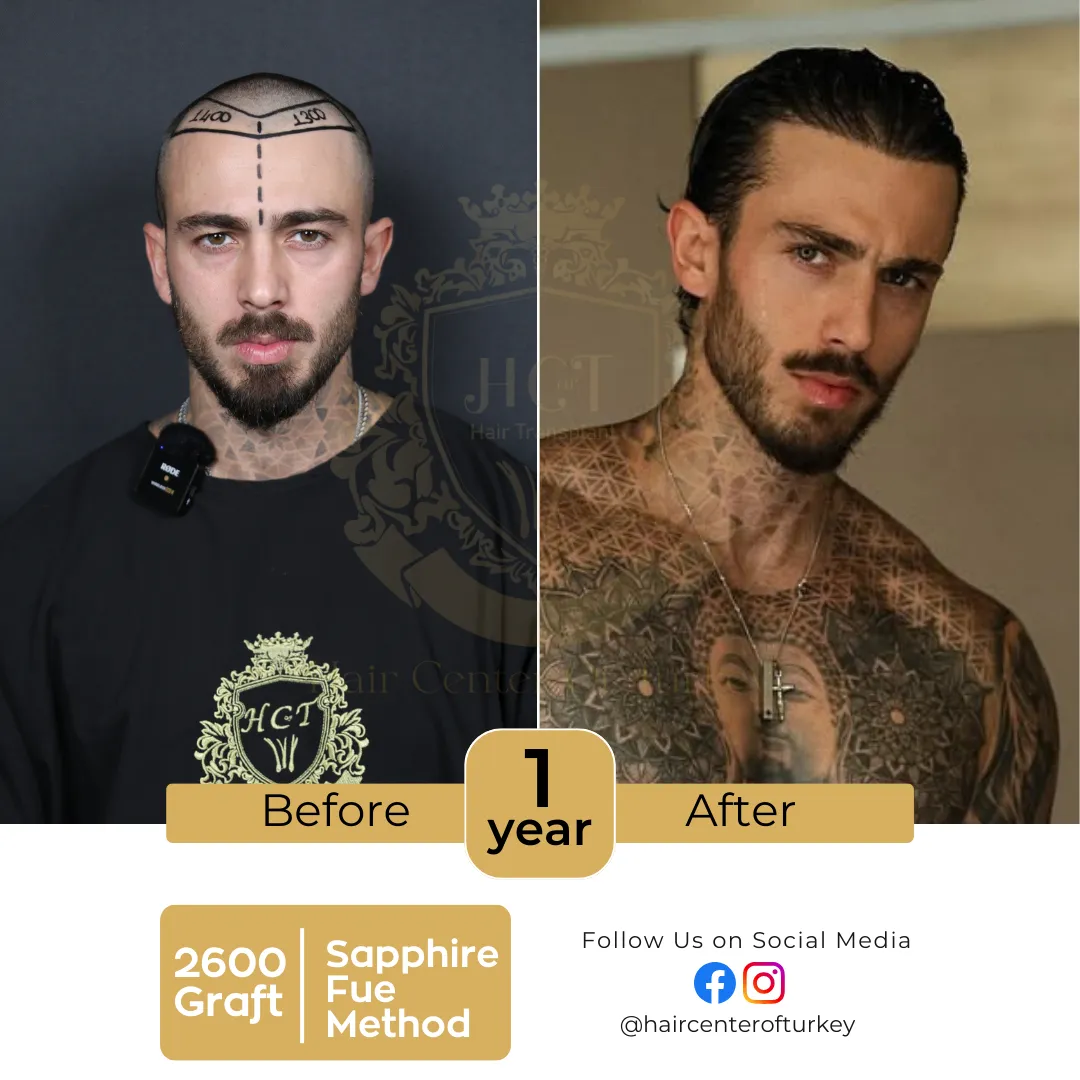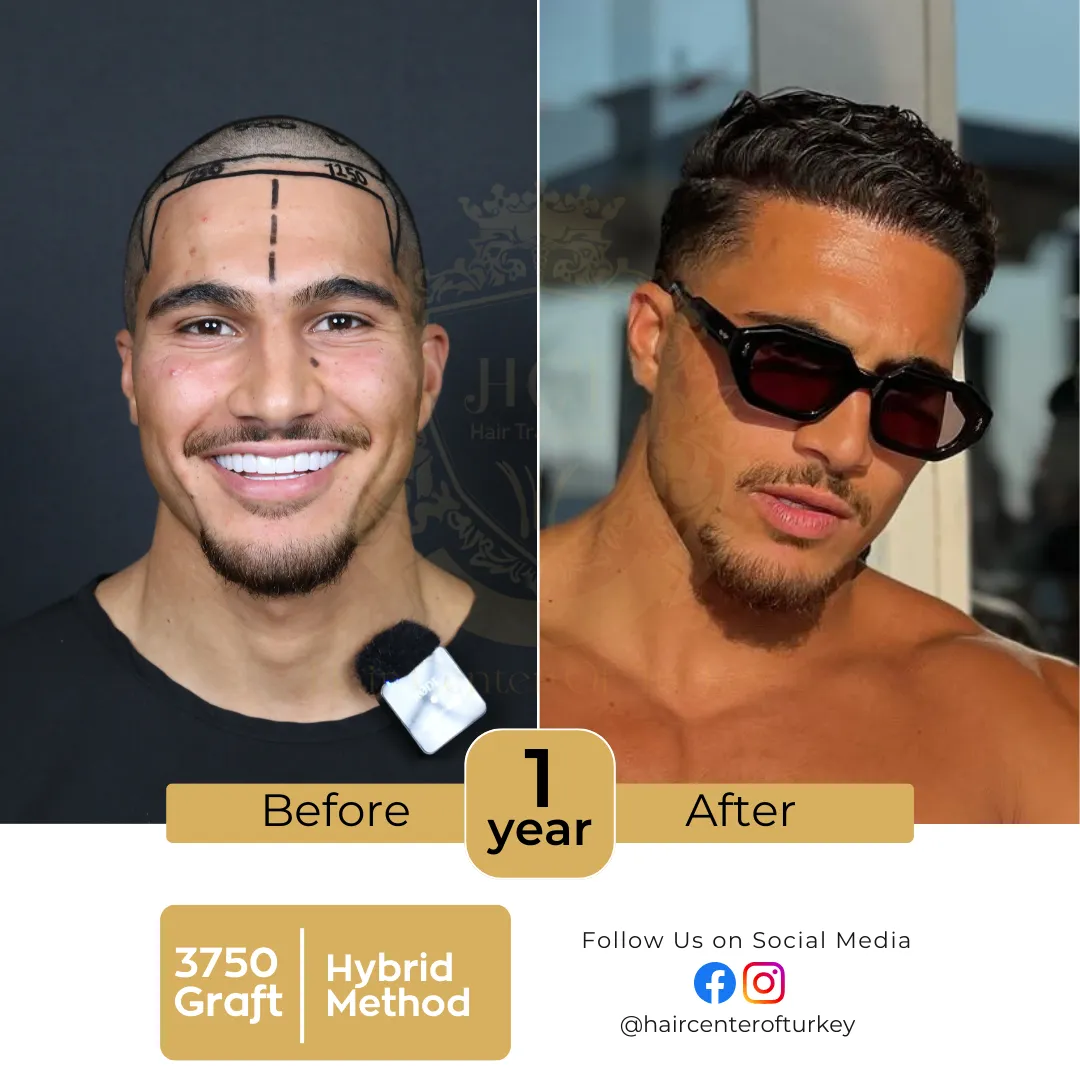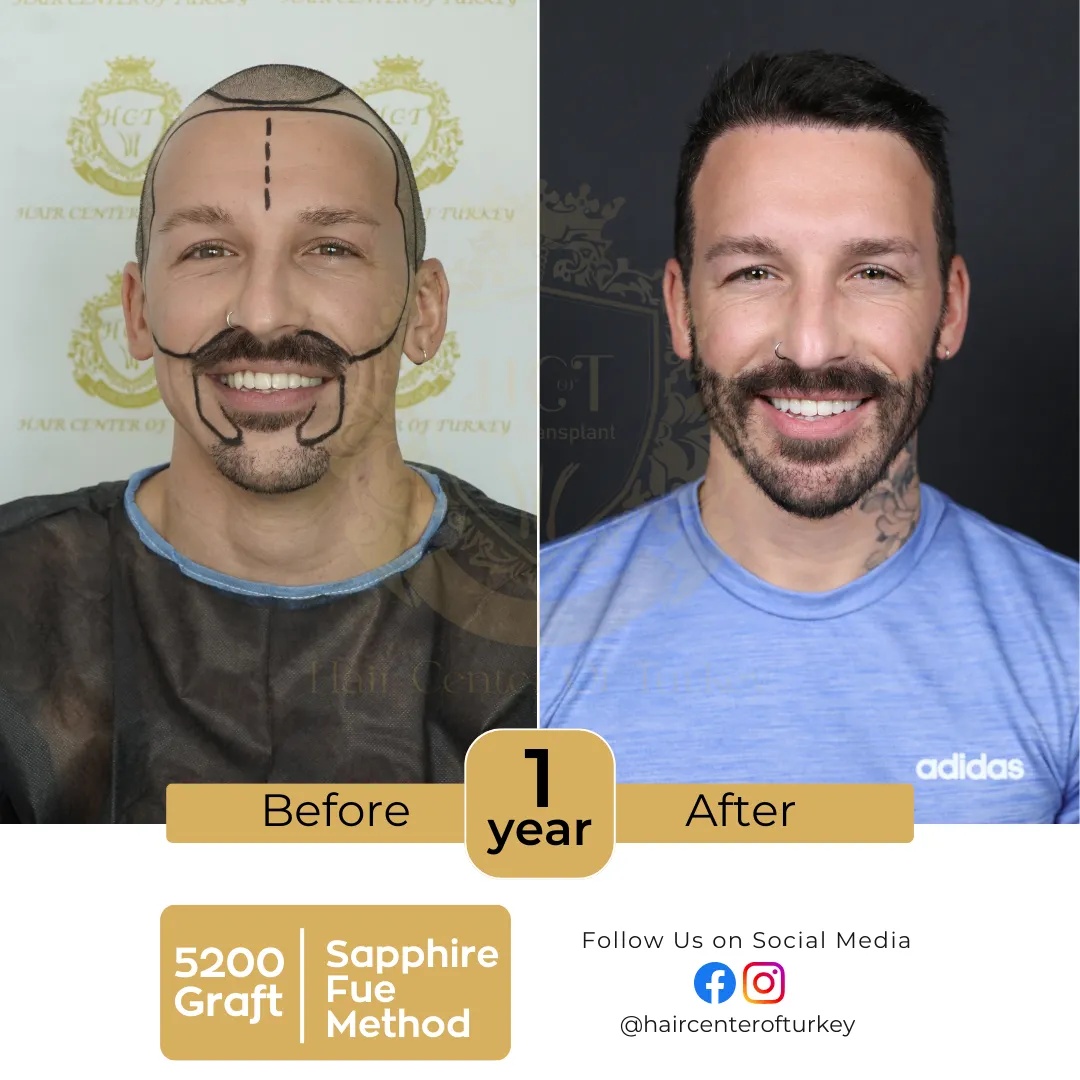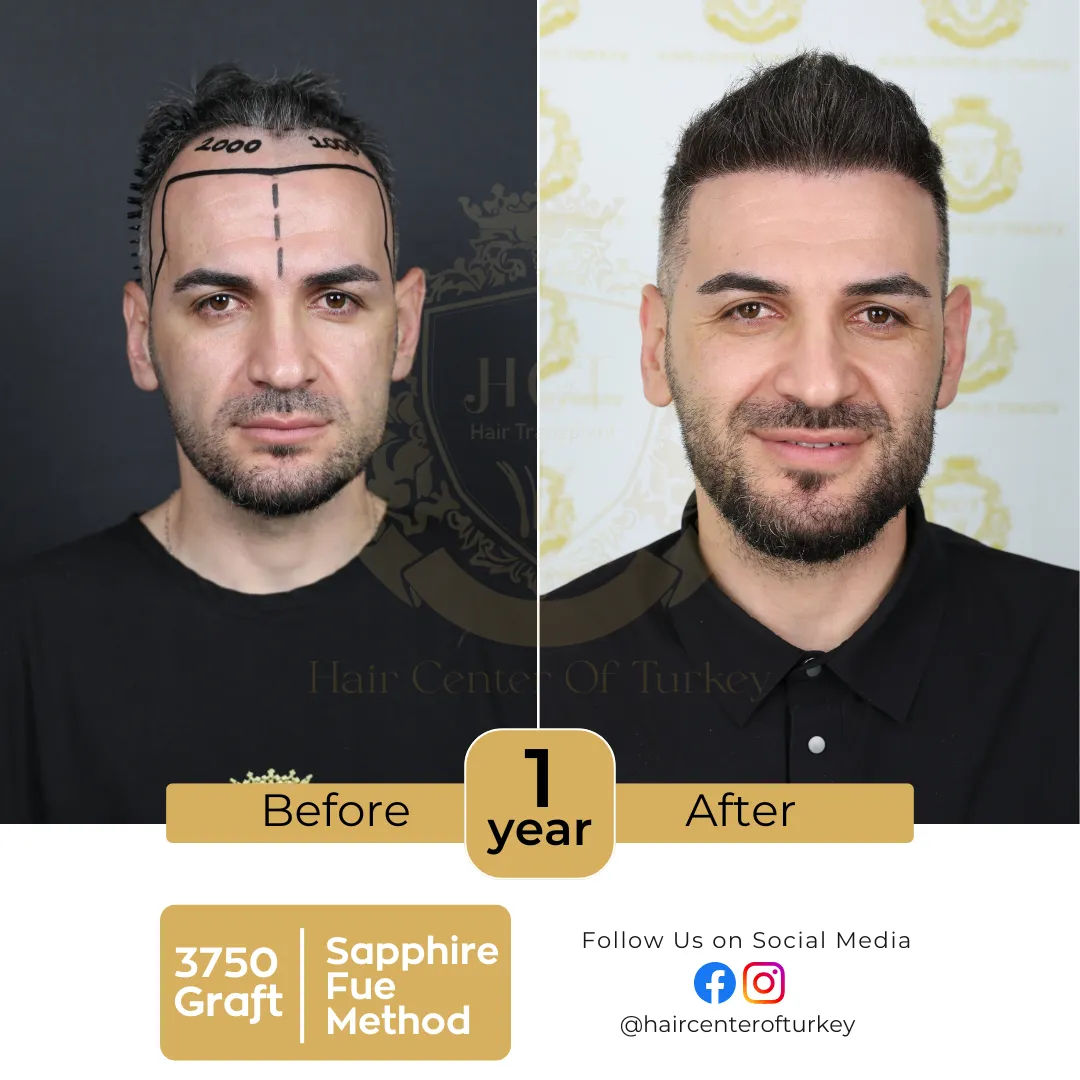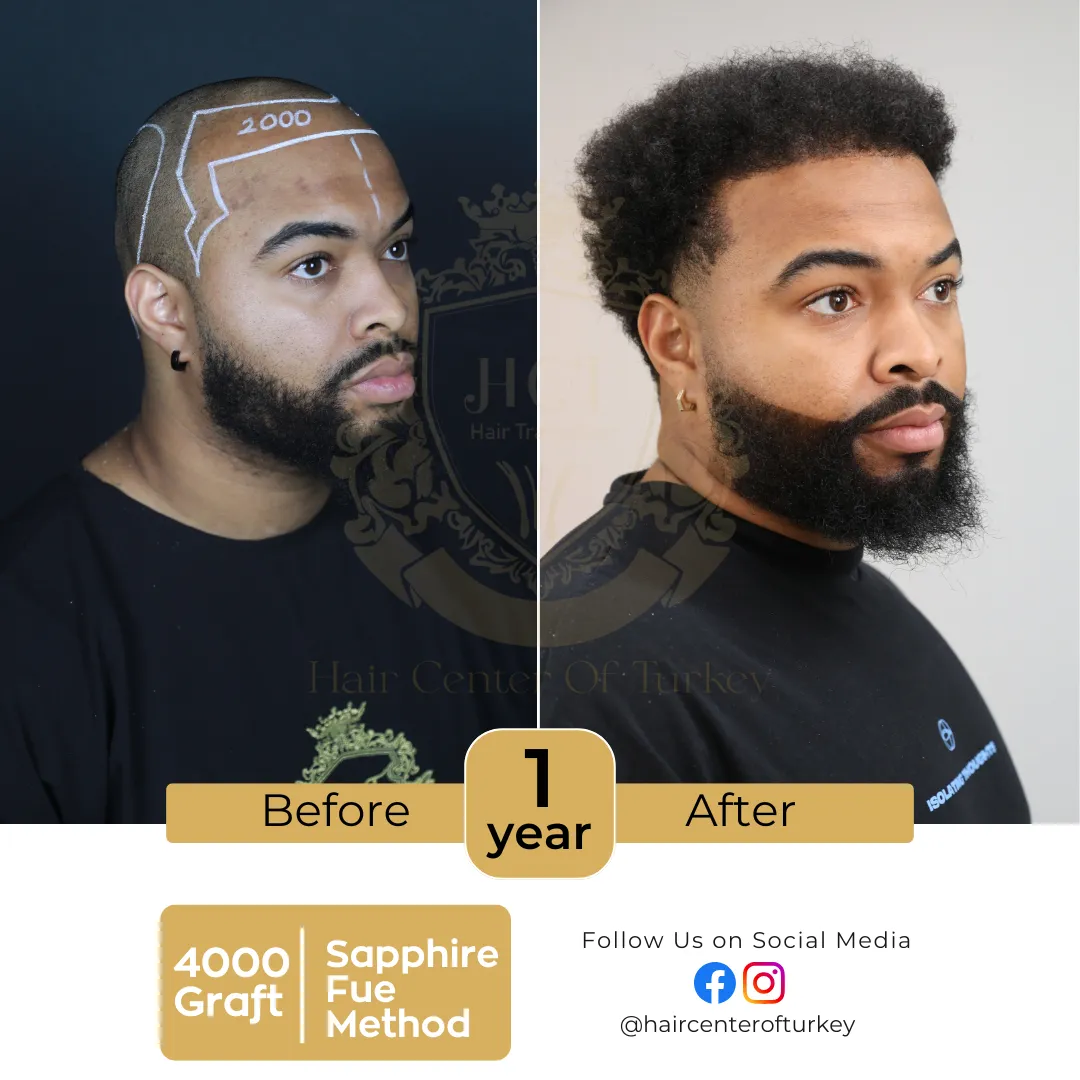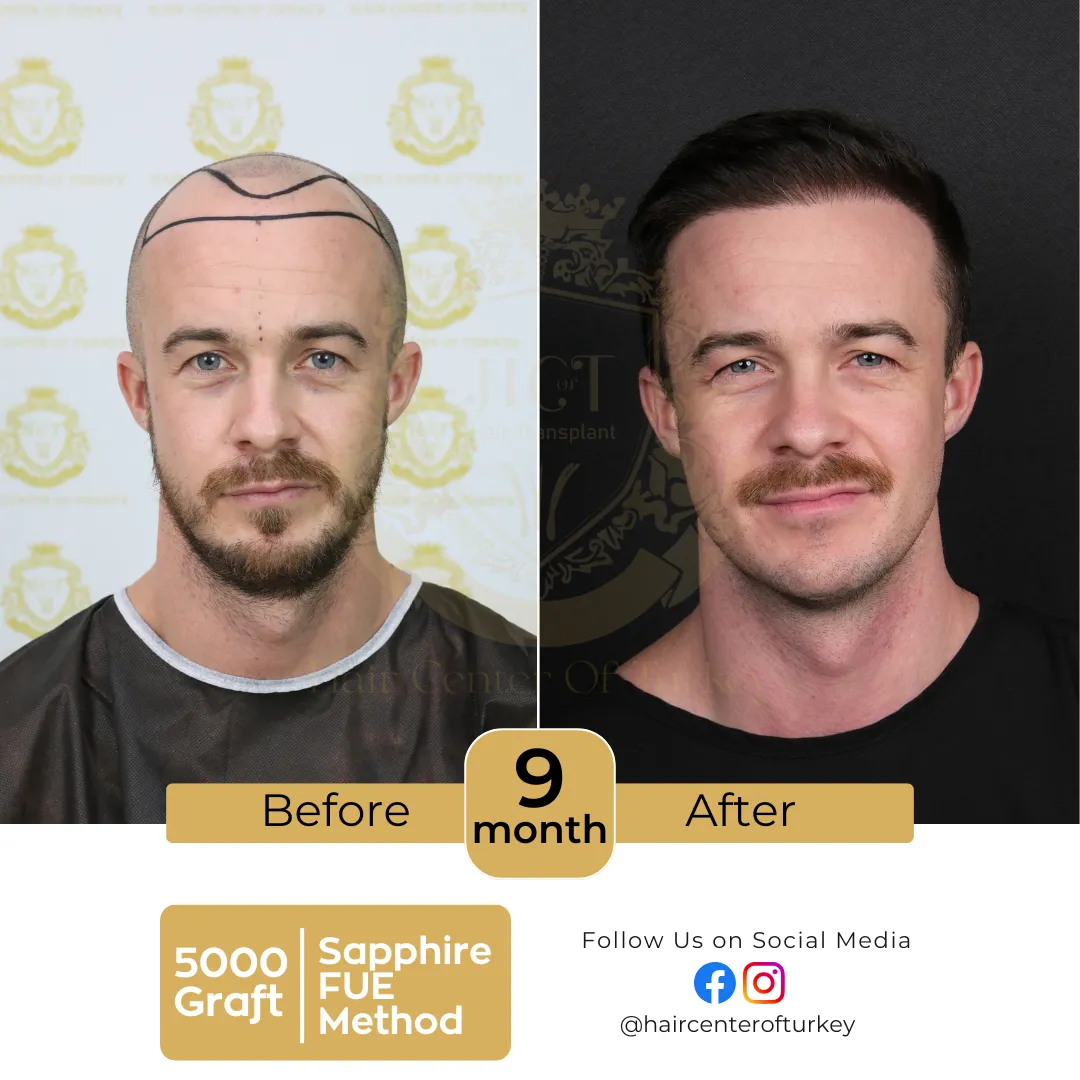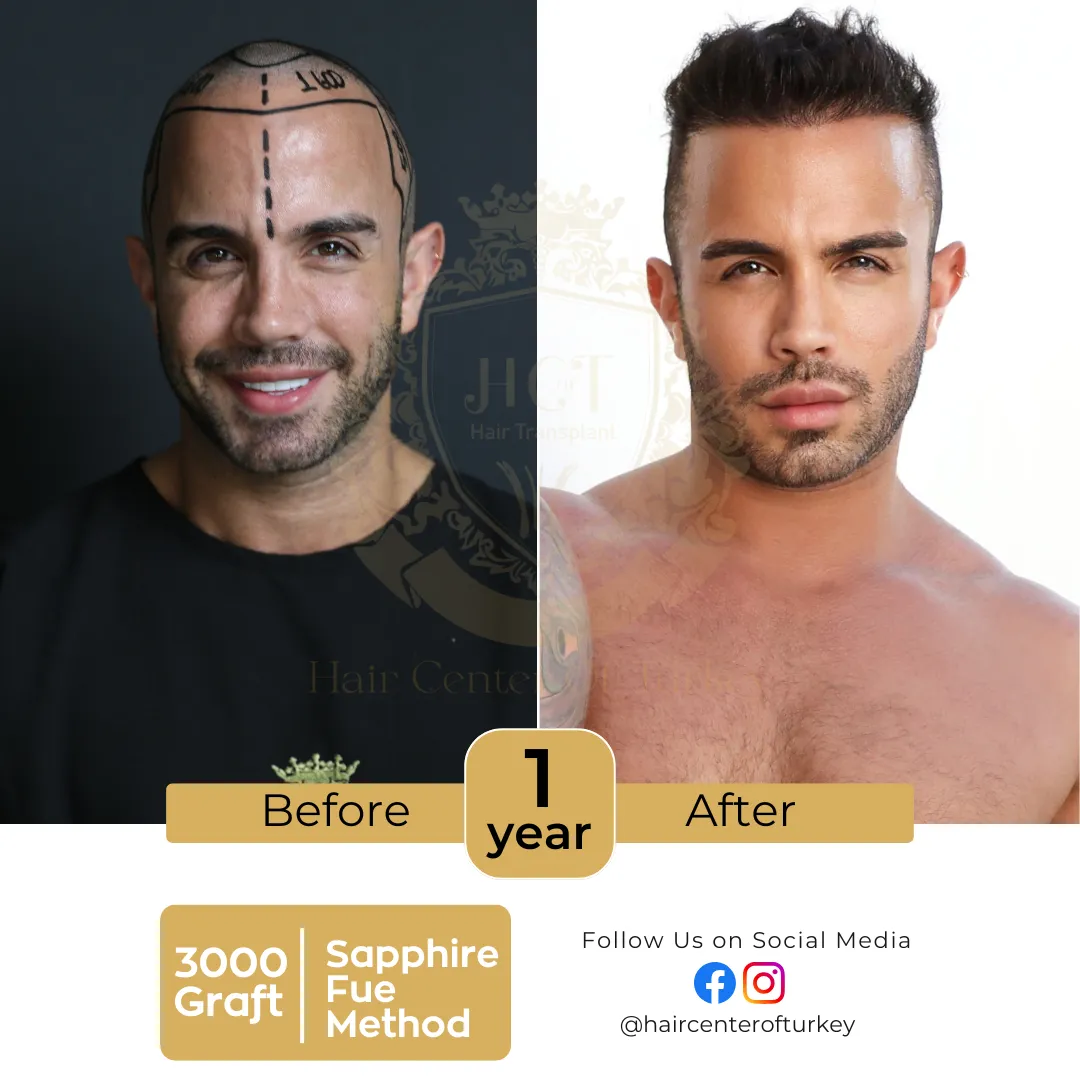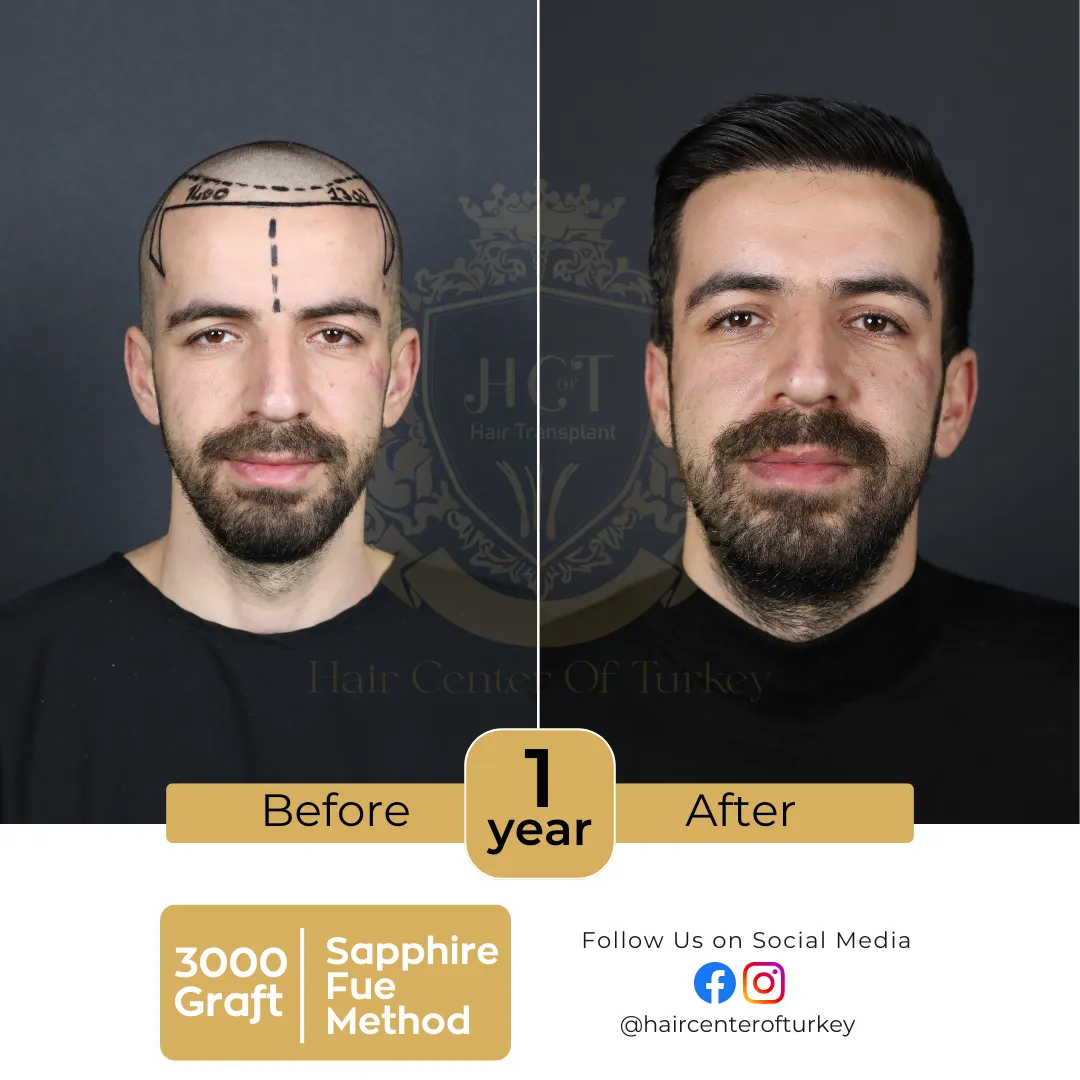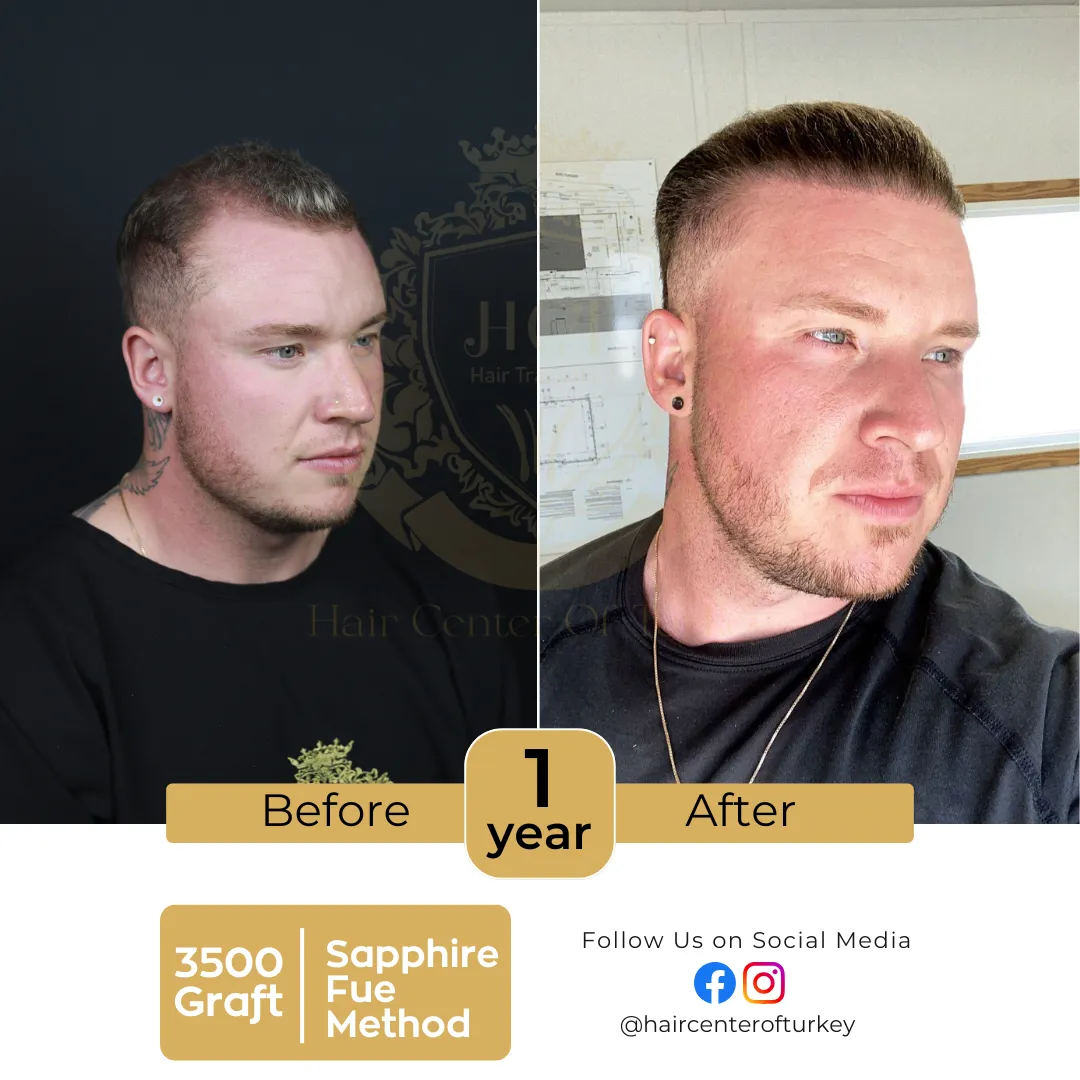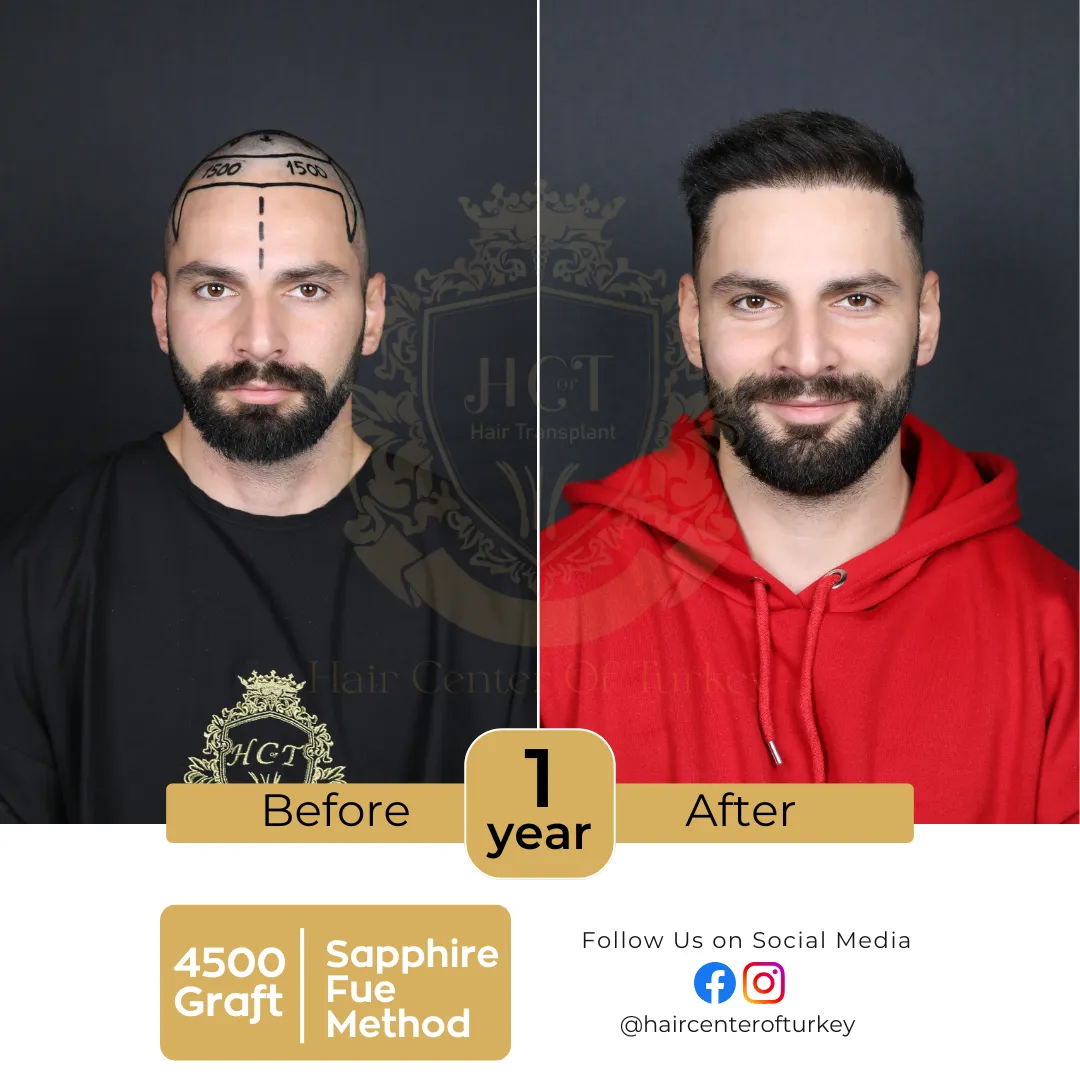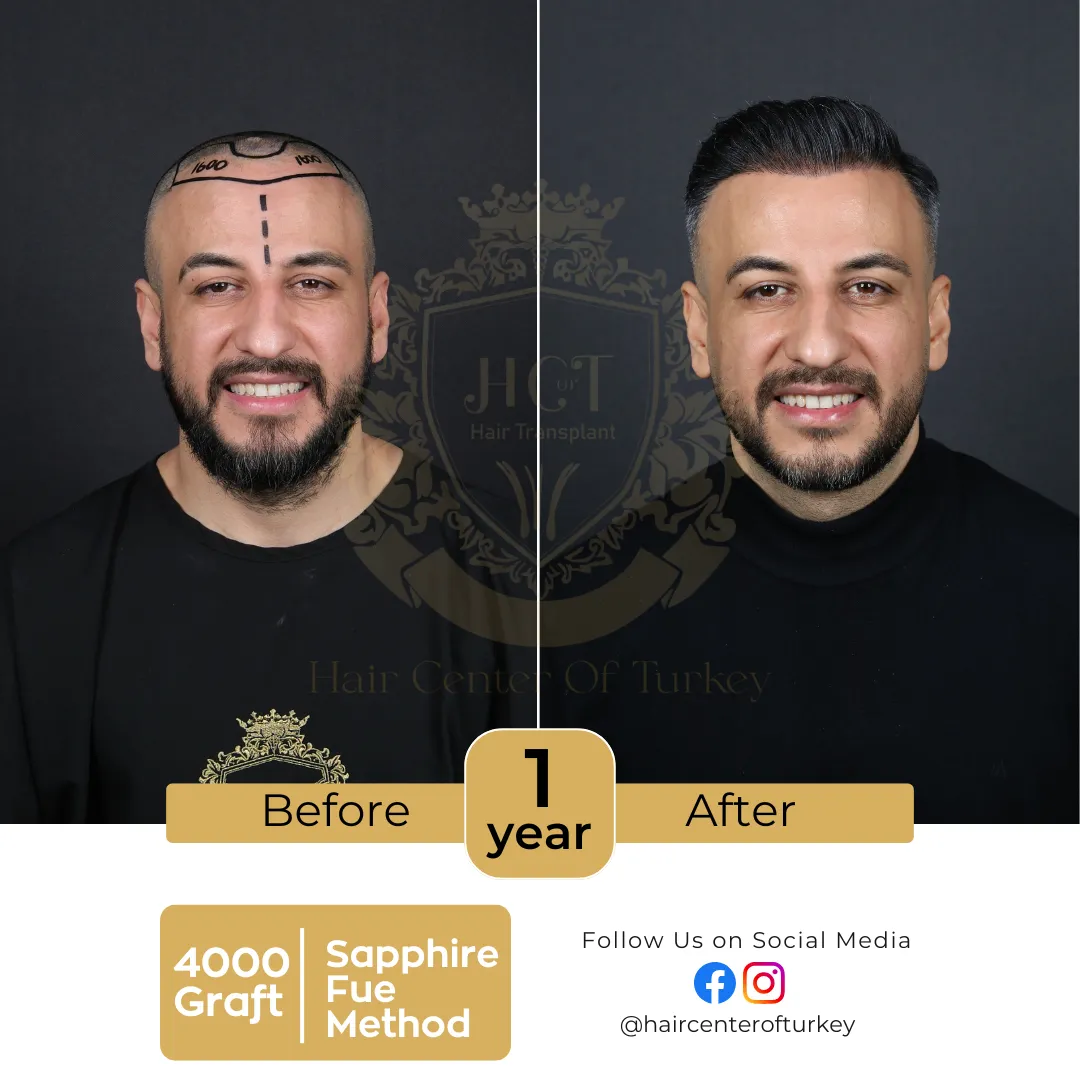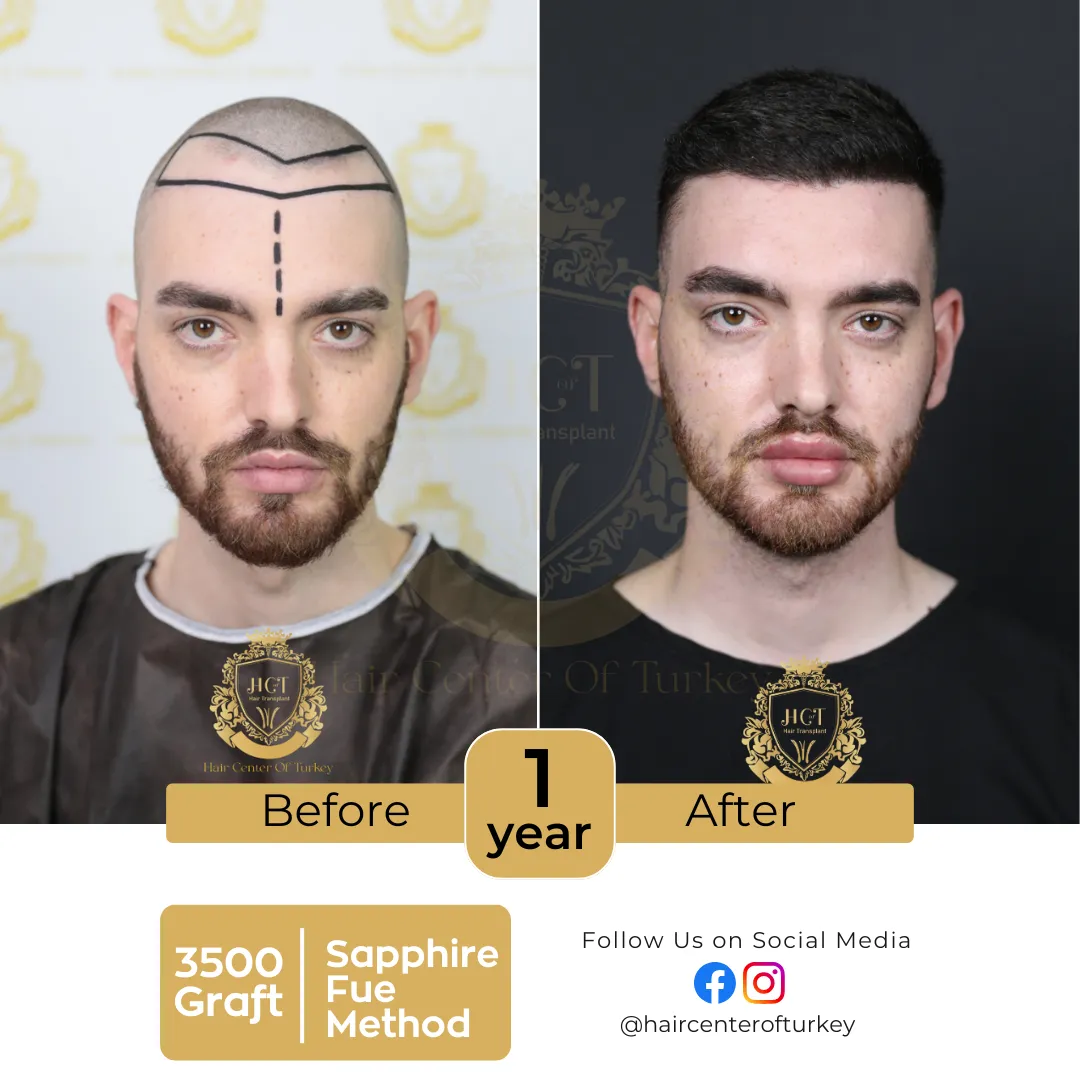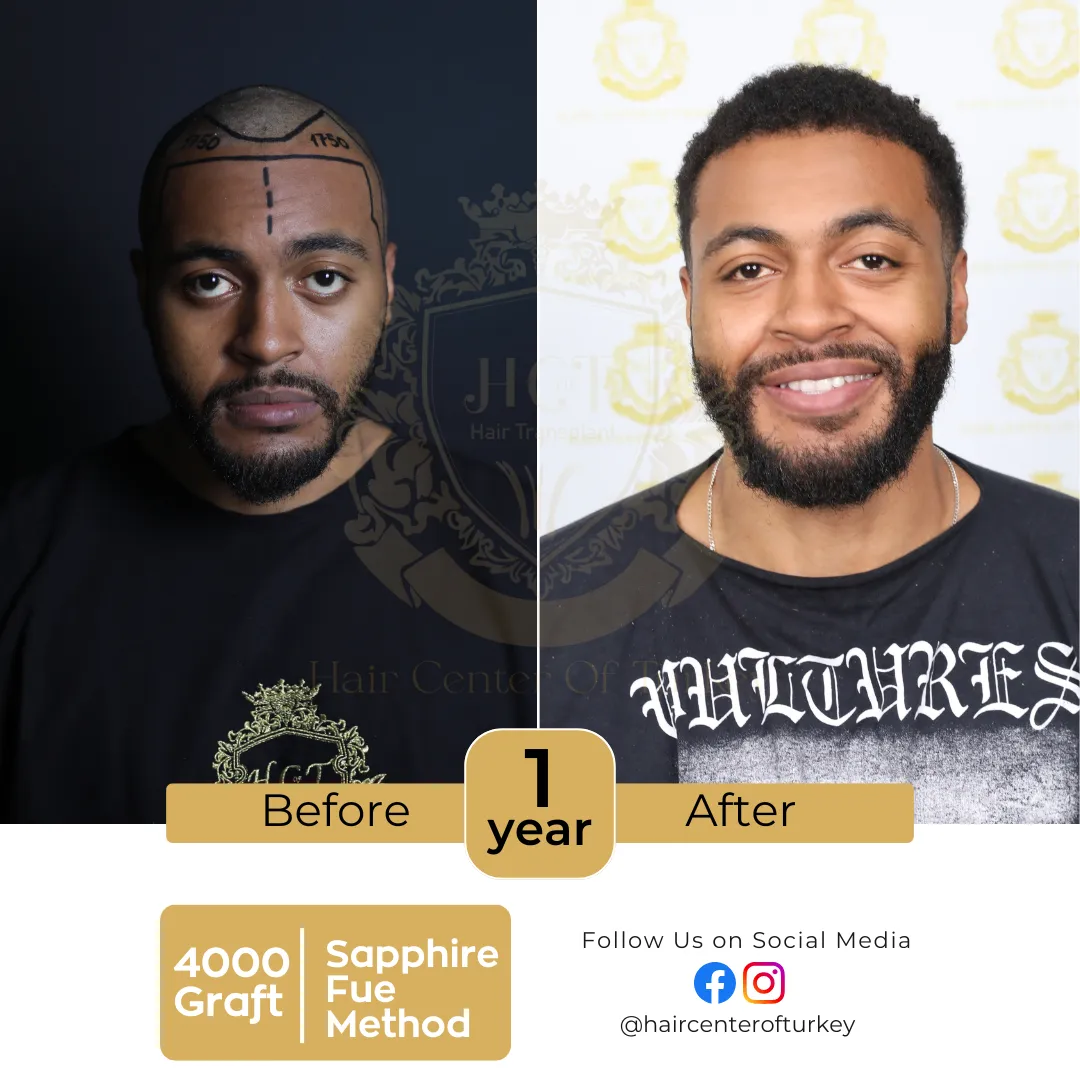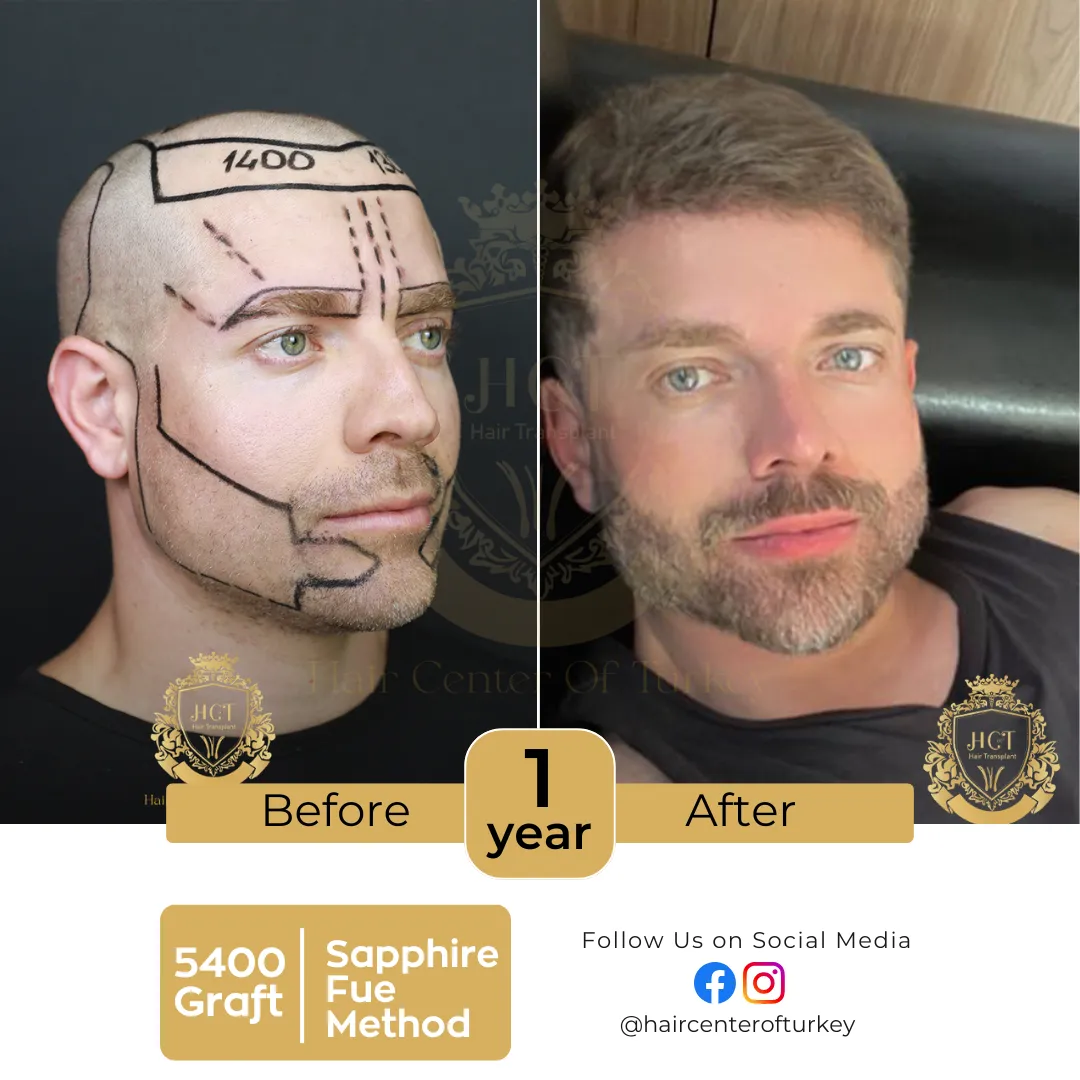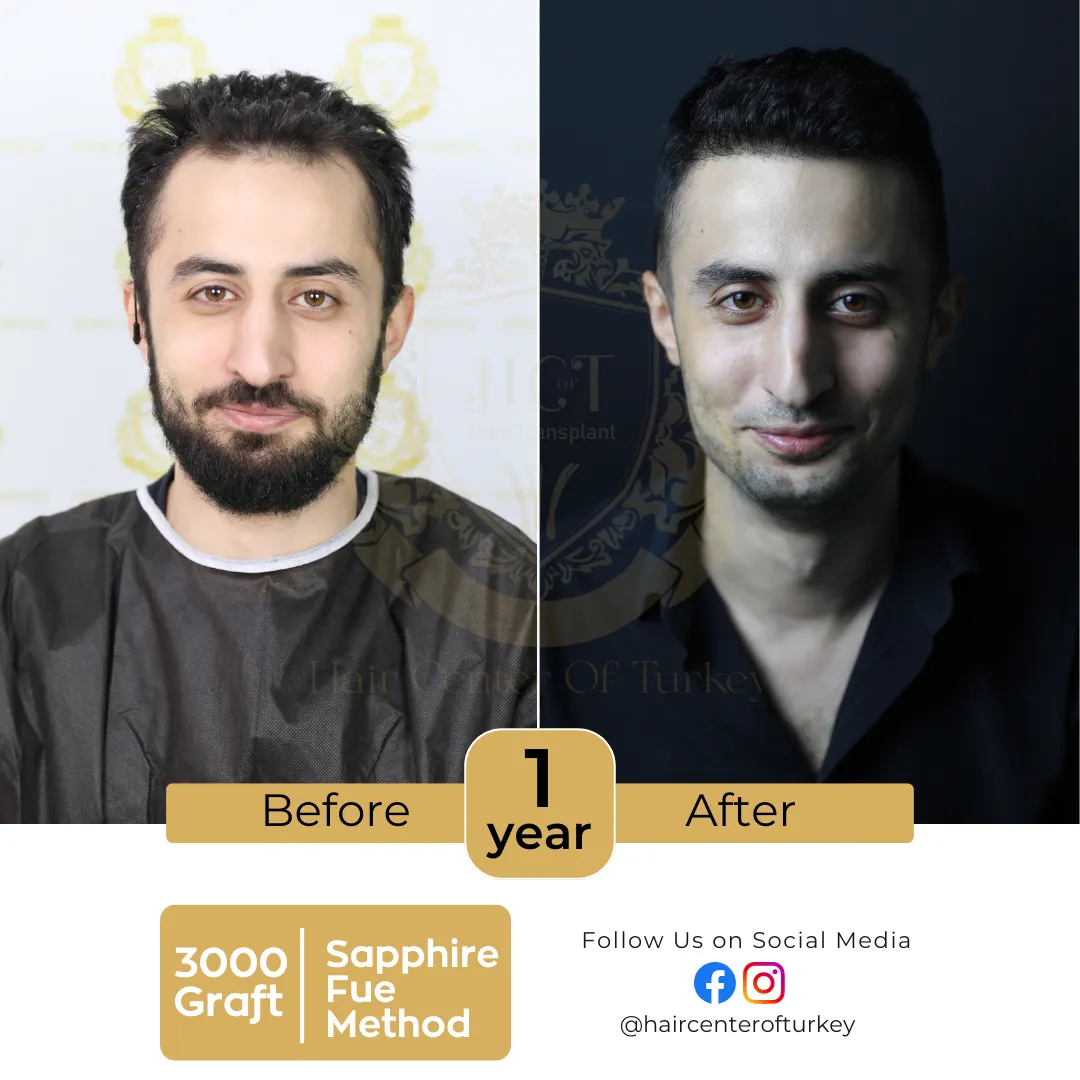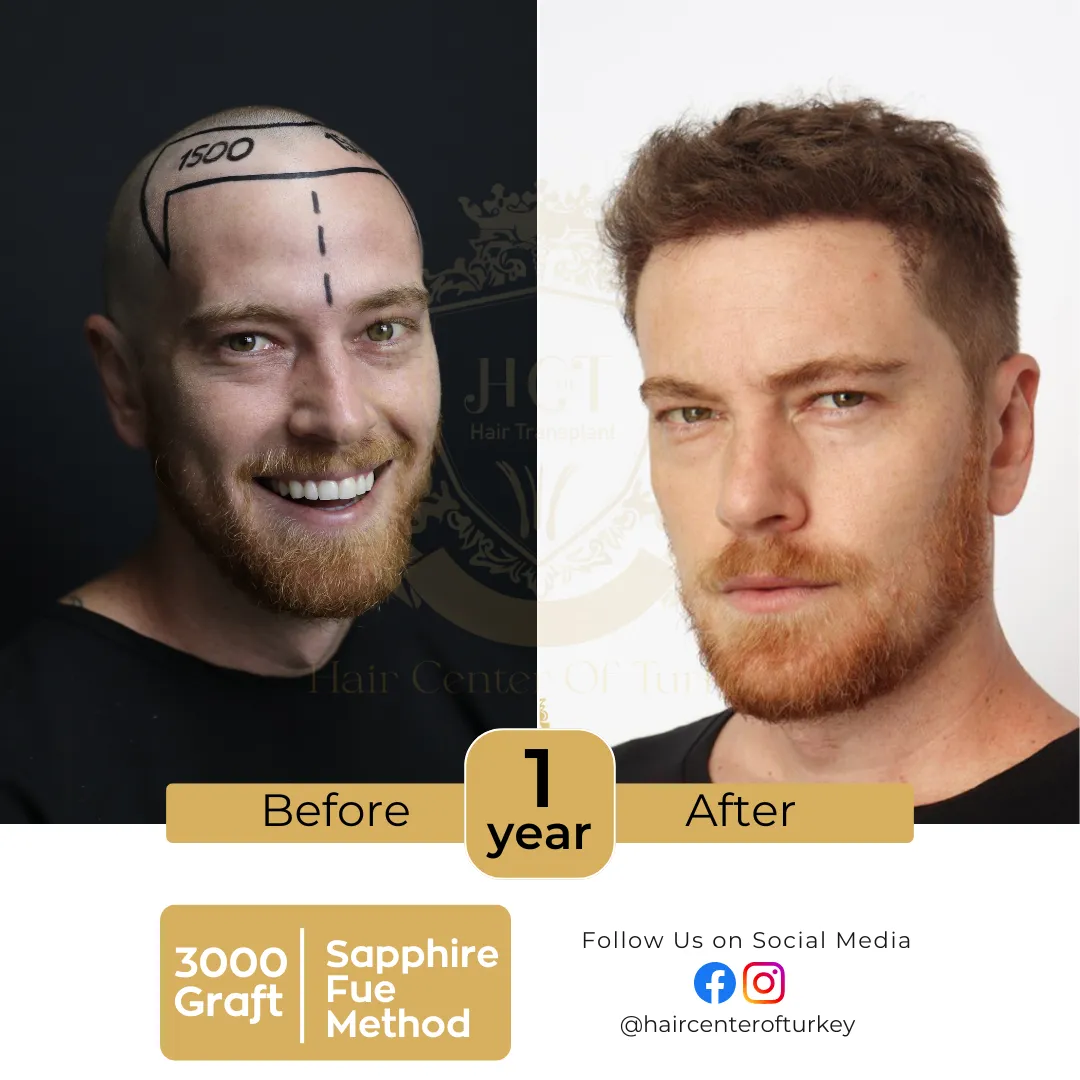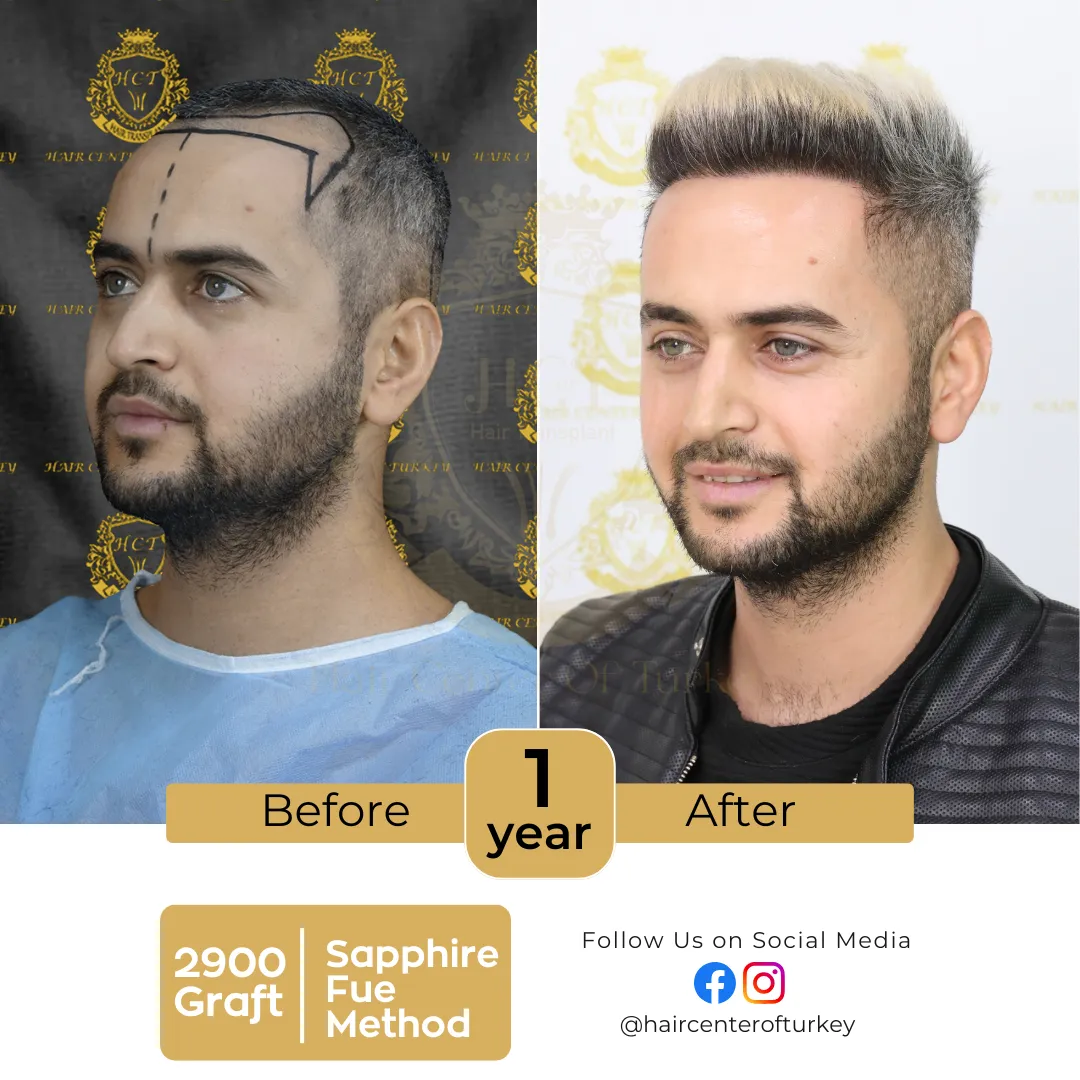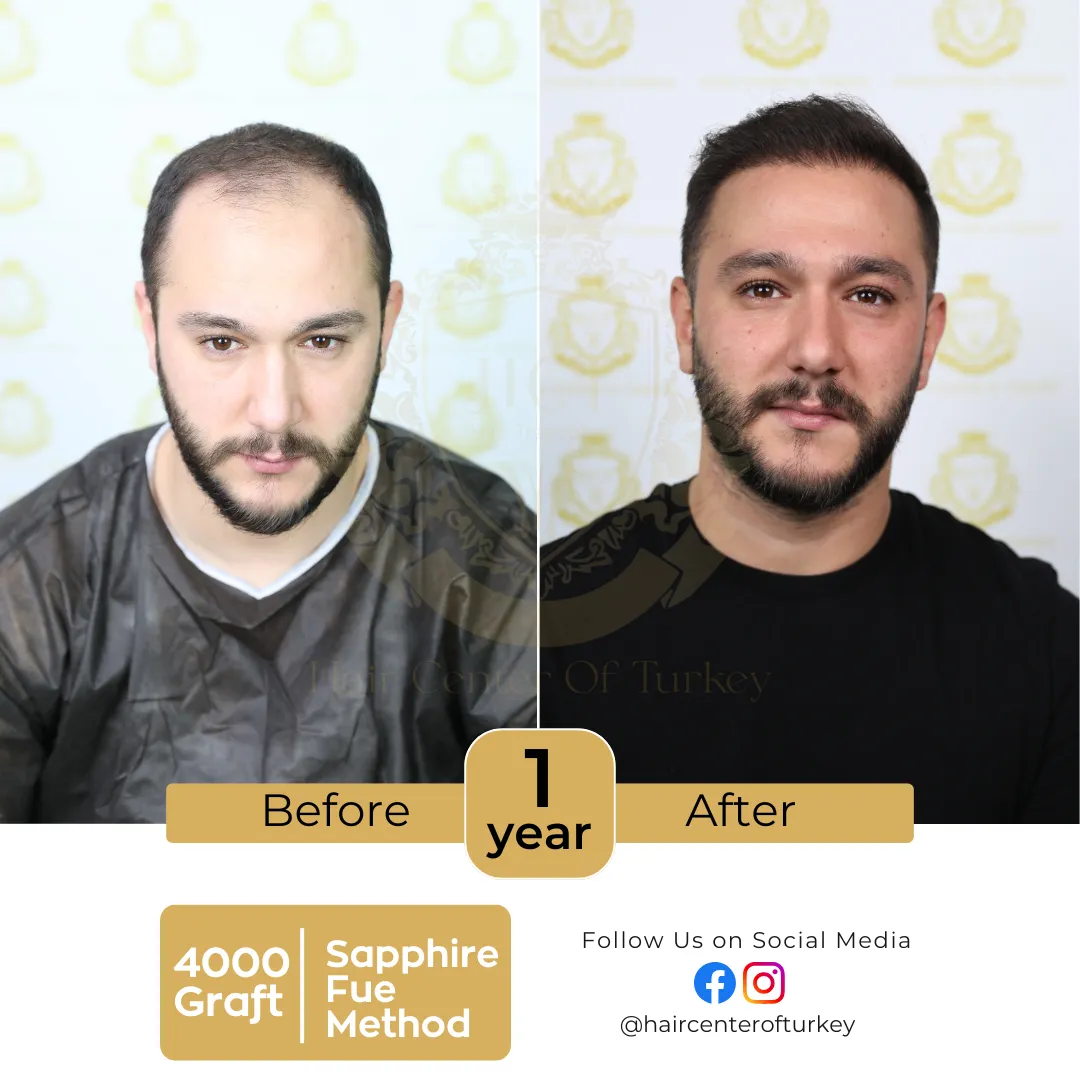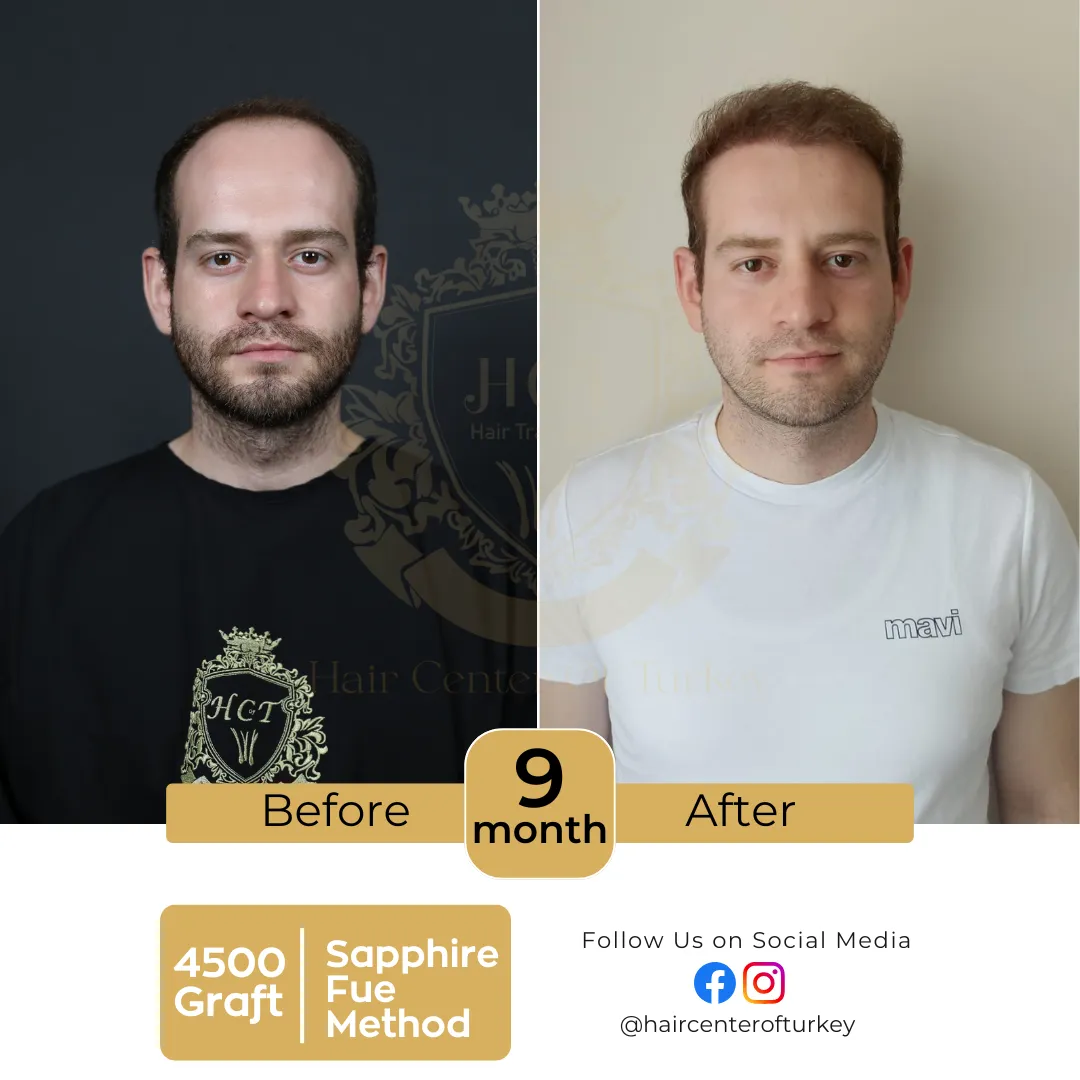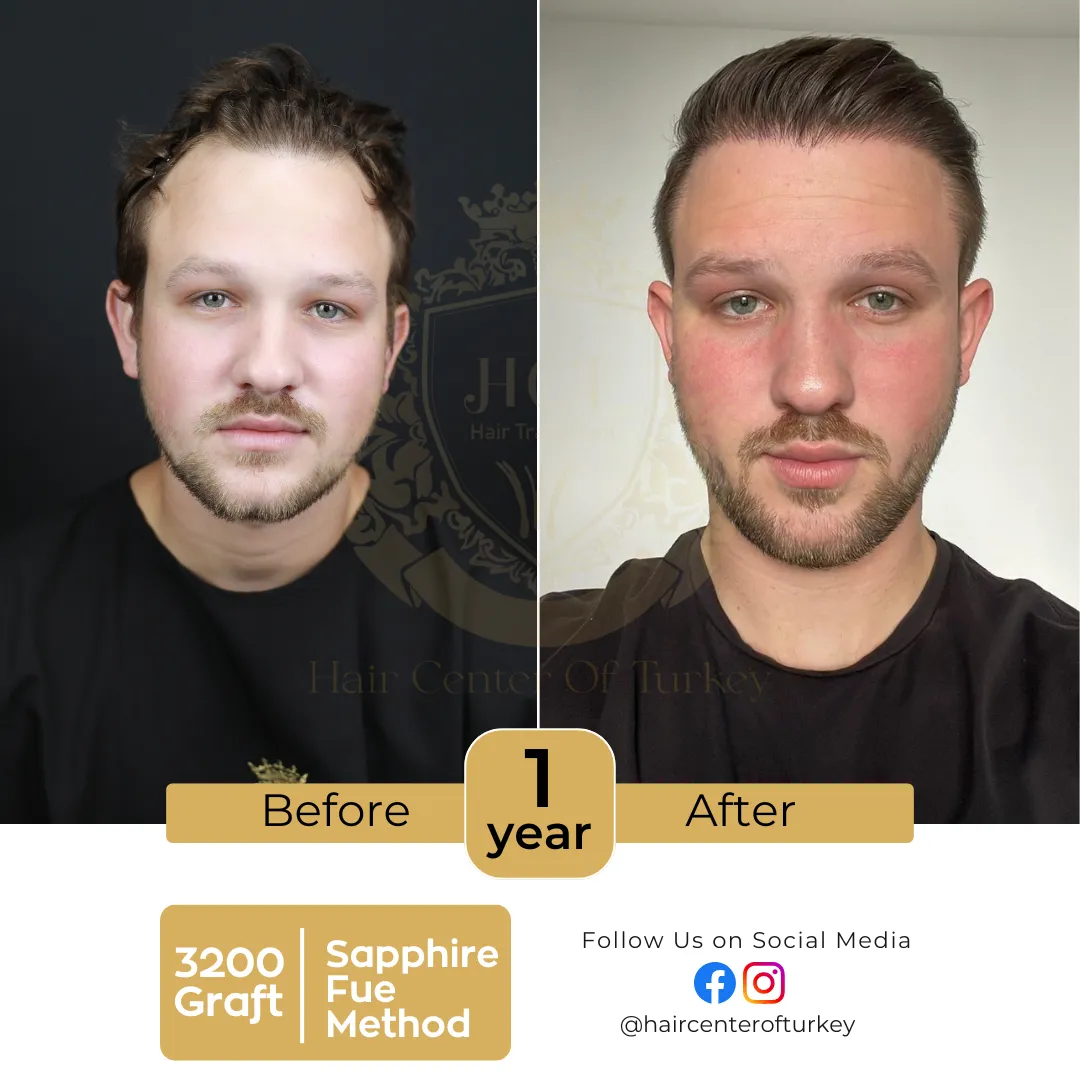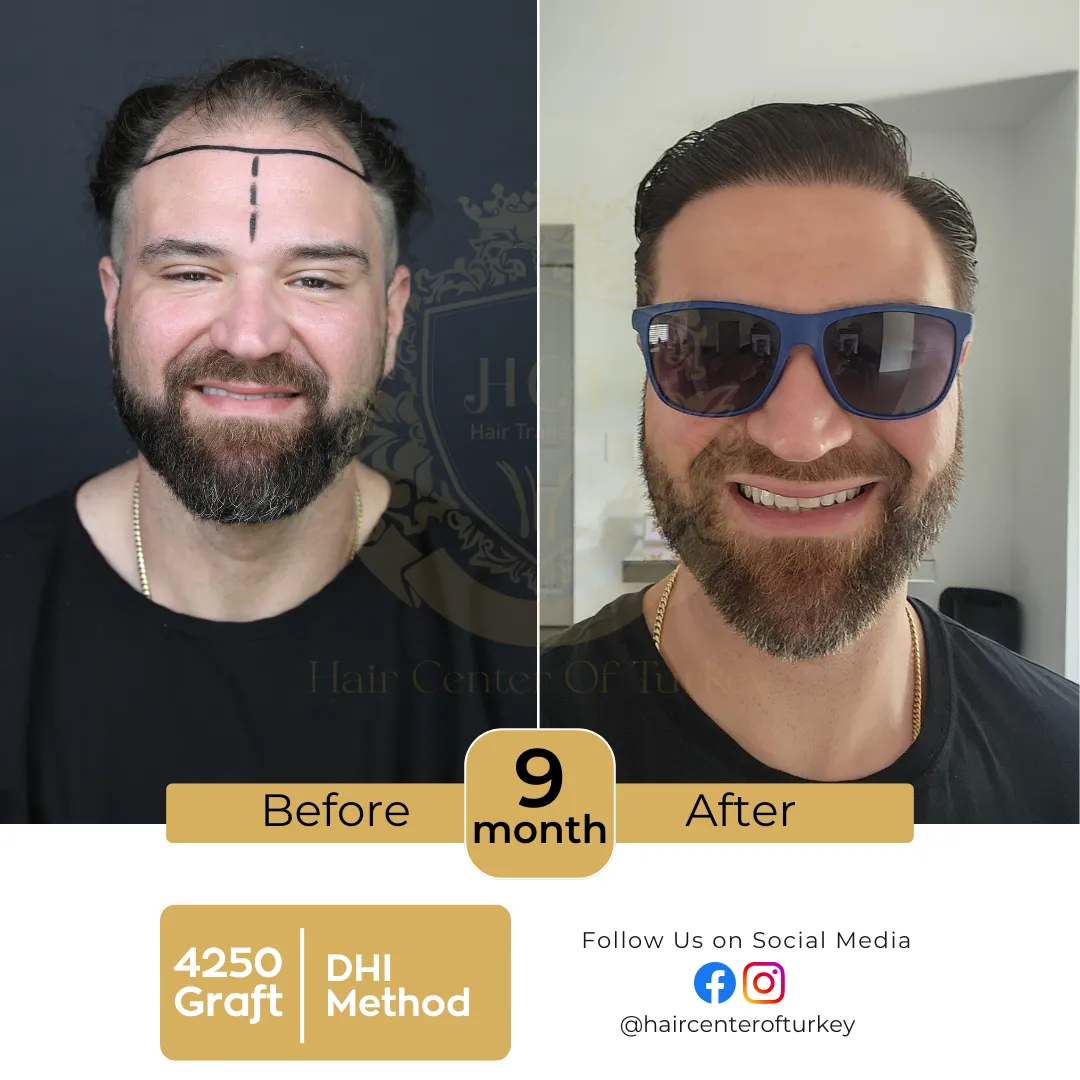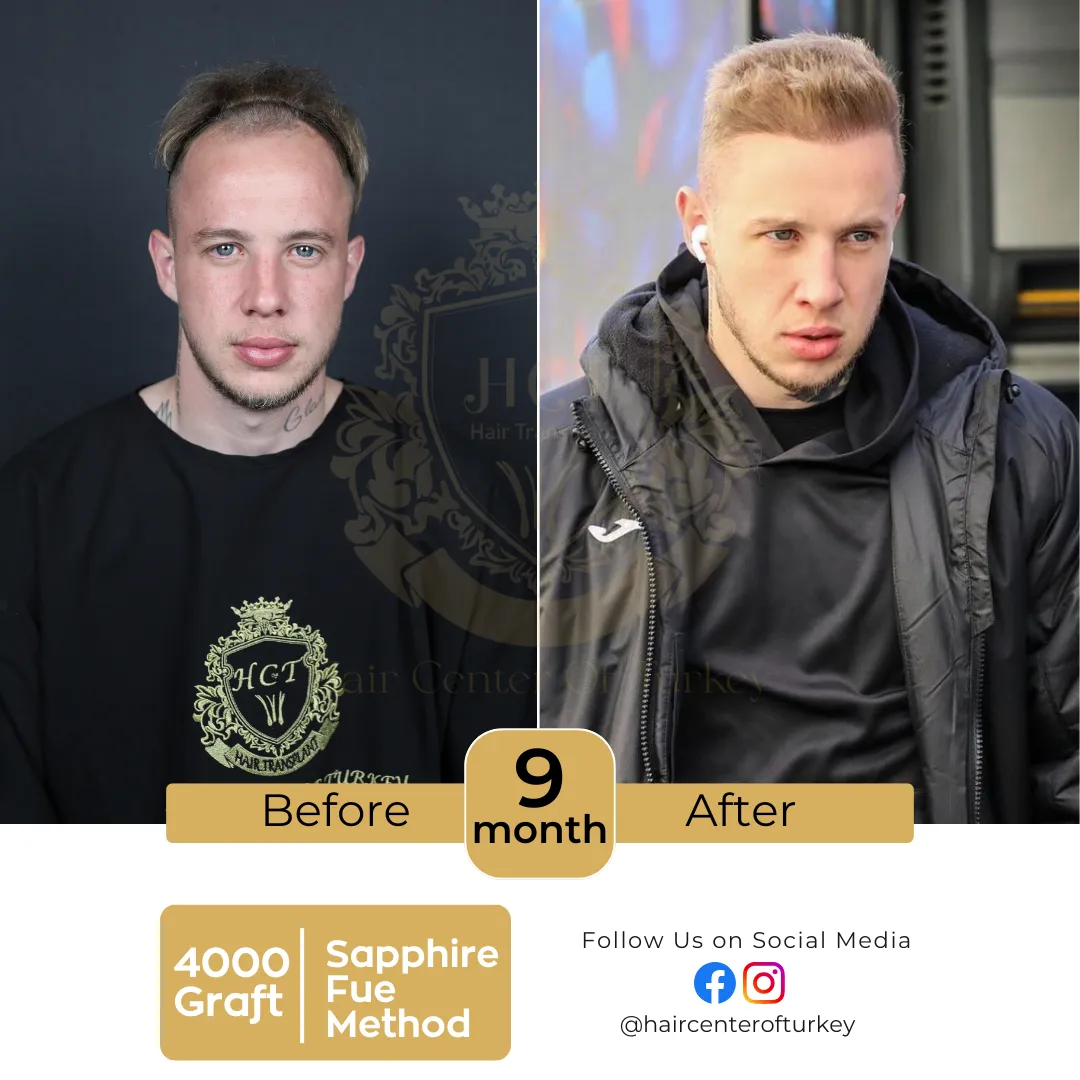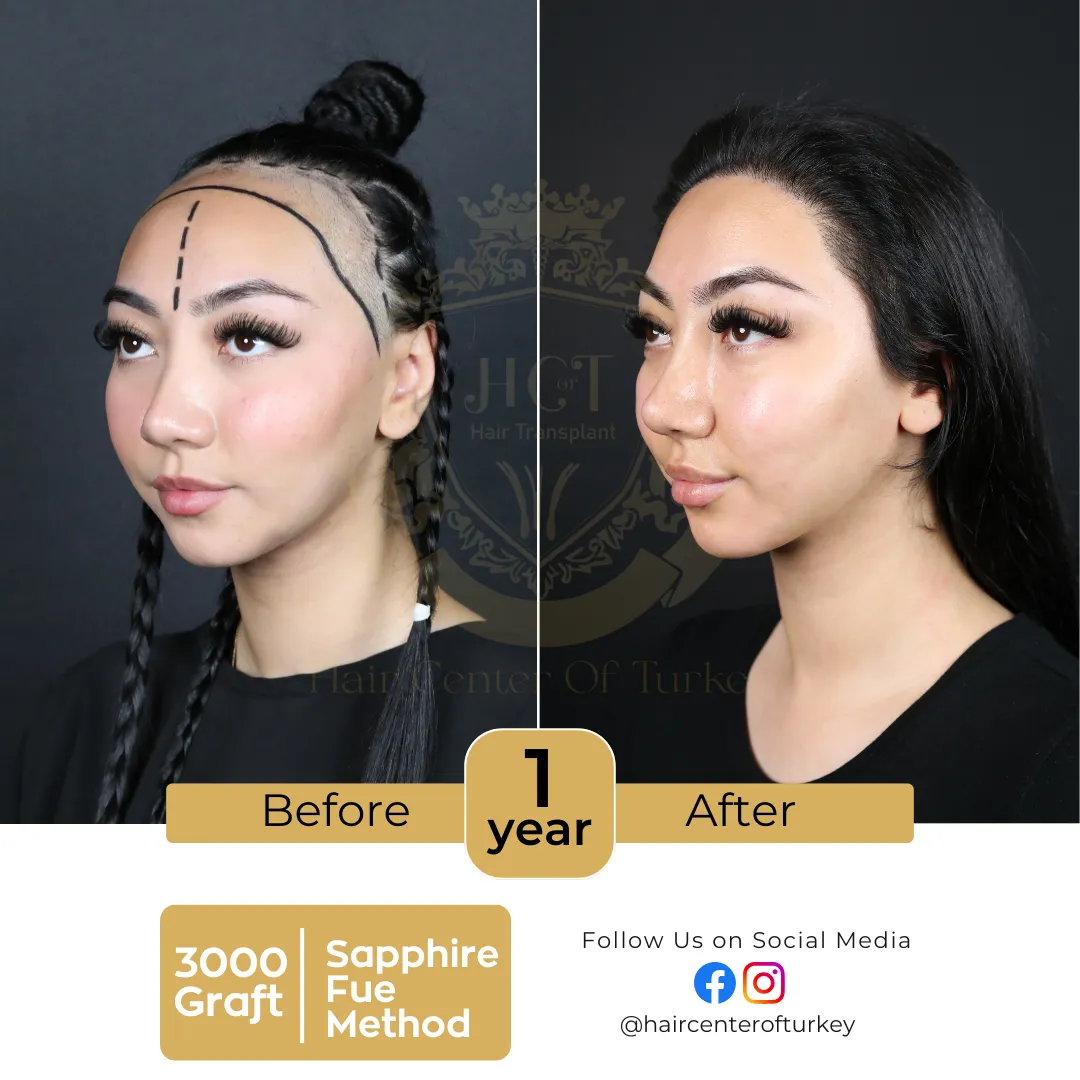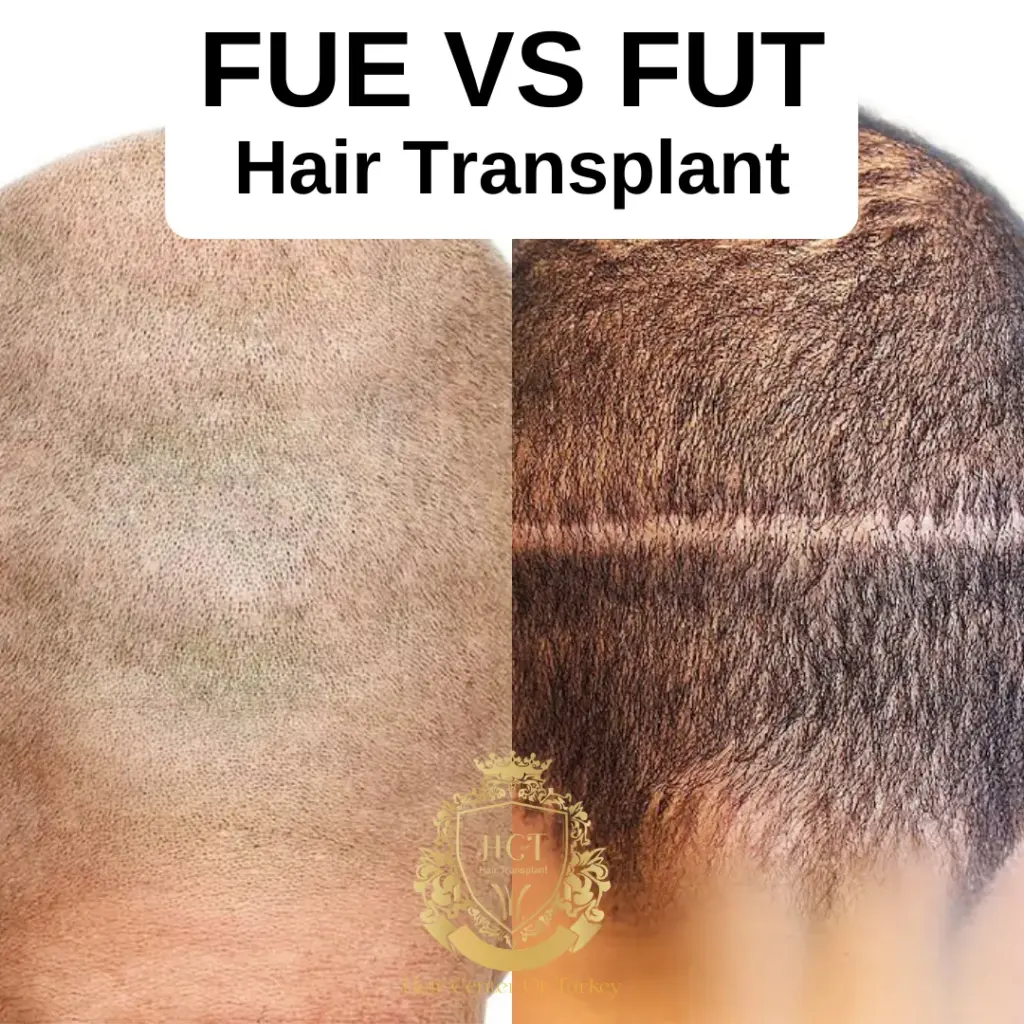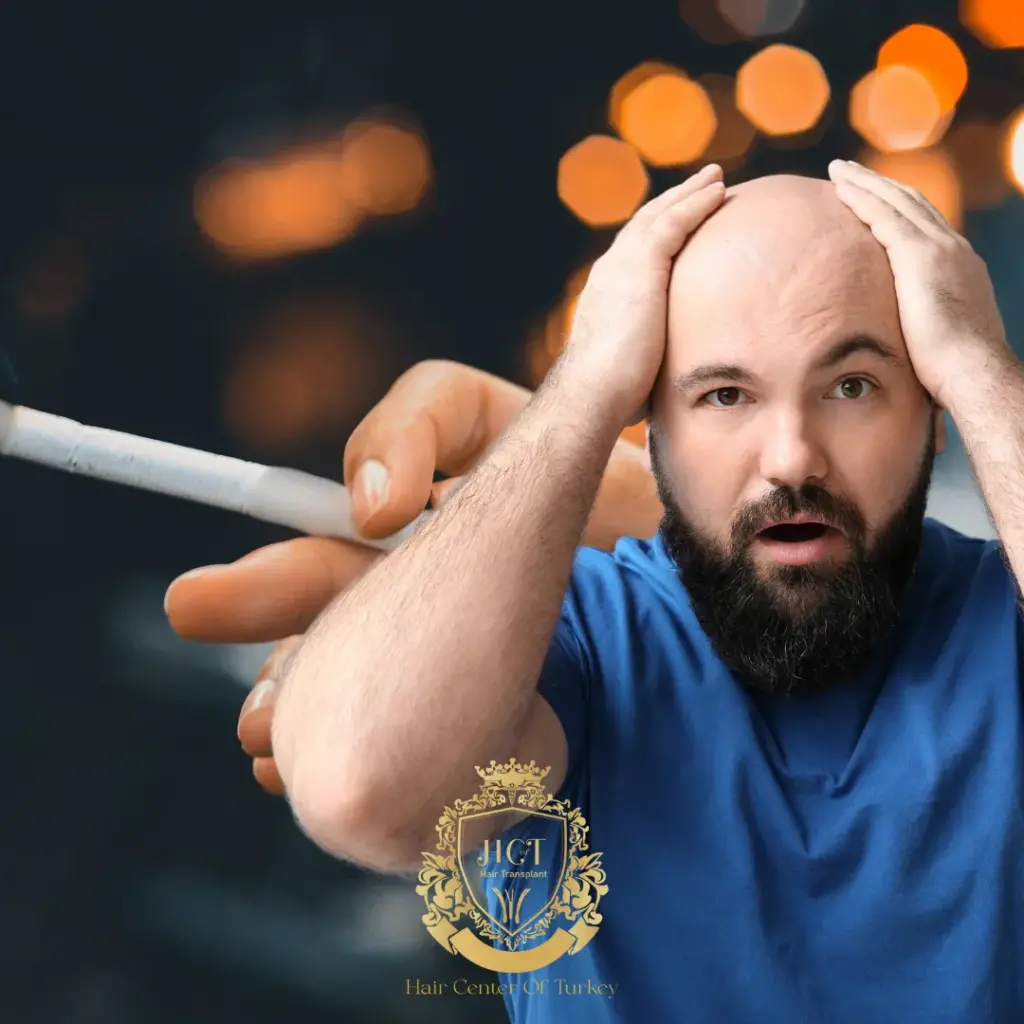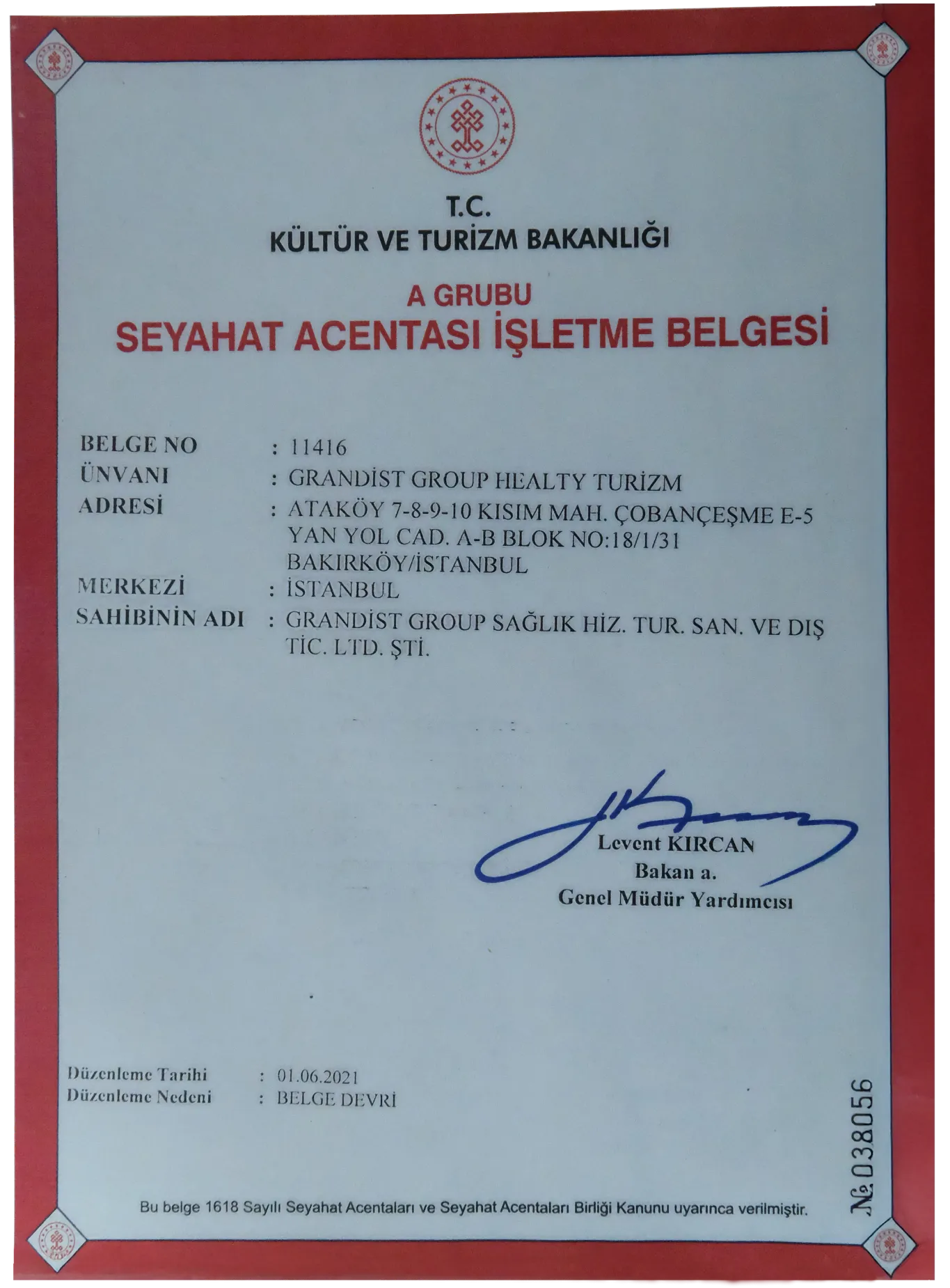Alopecia Barbae: Causes of Beard Loss
Beards are considered one of the strongest symbols of masculinity and individual identity. Hair loss in the beard area can have negative effects both psychologically and aesthetically. This is particularly associated with a type of hair loss called alopecia barbae. Alopecia barbae is an autoimmune disease that causes irregular hair loss in the beard area instead of the scalp. The immune system attacks the hair follicles, leading to patchy baldness in the beard area.
Symptoms of alopecia barbae usually start as small, circular patches on the jawline. They can also appear on the cheeks, sideburns and around the mouth. Although the exact causes of beard loss are not known, genetic predisposition, stress, gender, certain medications and other factors can worsen the condition.
Although beard loss is not a life-threatening condition, it can have a significant impact on a person’s mental health. Understanding the underlying causes, symptoms, diagnostic methods and treatment options for beard loss is crucial for those coping with the condition. In this comprehensive article, we will explore alopecia barbae in more detail and provide information to help you understand the condition. Here’s what to know about beard loss and alopecia barbae…
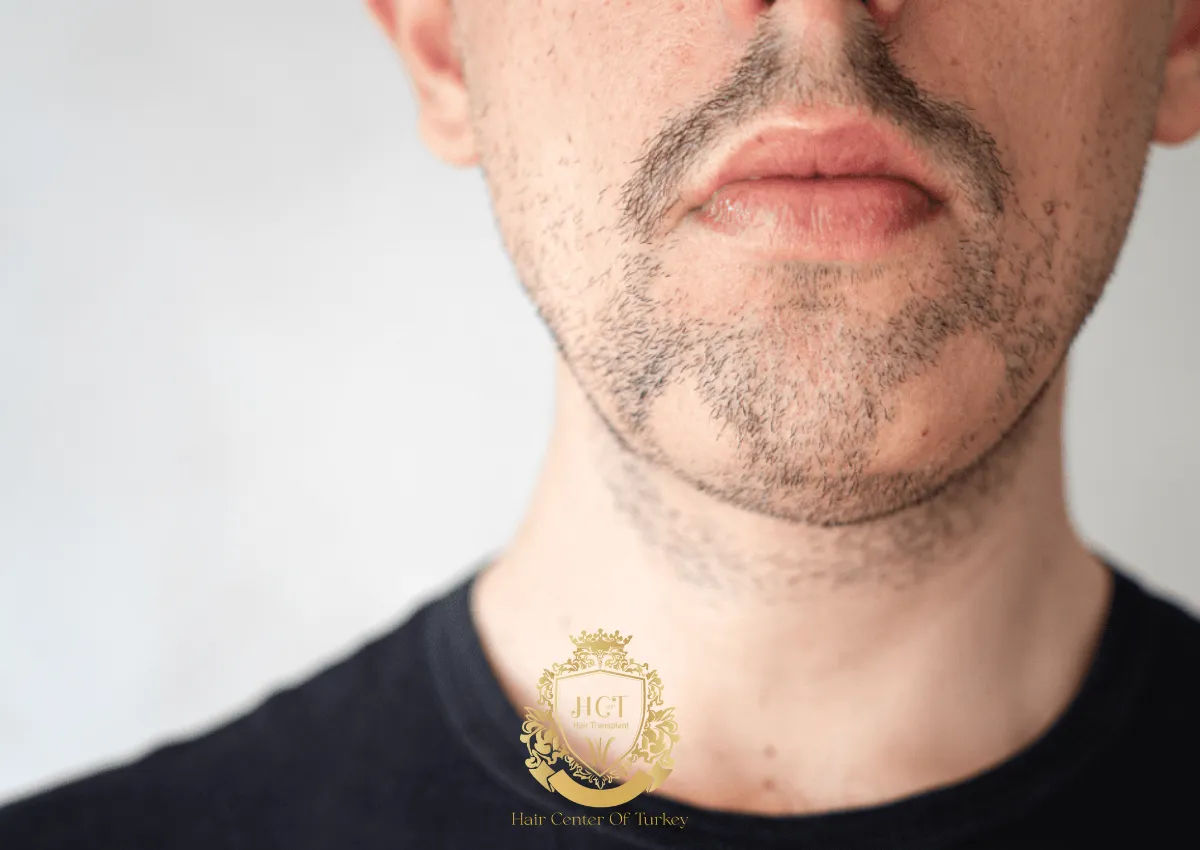
What is Alopecia Barbae?
Alopecia barbae is a form of hair loss that affects the beard. A special condition, alopecia barbae usually occurs suddenly at a specific spot on the beard. This problem appears as small circular bald patches.
An autoimmune disease, alopecia barbae attacks healthy cells in the body’s immune system. This problem, which occurs for multiple reasons, can also damage the hair follicles. This causes patchy baldness in the beard area.
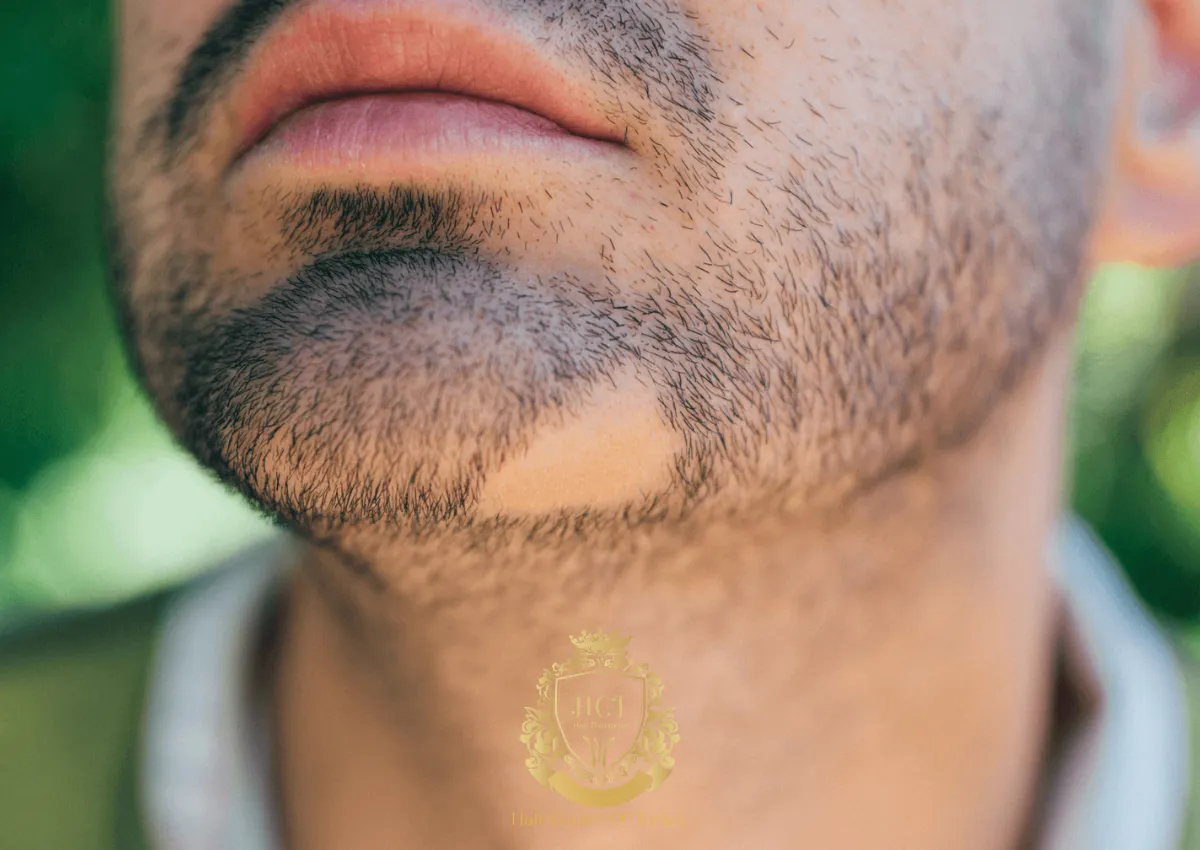
What are the Effects of Alopecia Barbae?
Beard loss is known as alopecia areata, a type of alopecia that causes hair loss in specific areas of the beard. Genetic factors can increase the risk of developing alopecia barbae and other autoimmune disorders. Infections or other underlying conditions can also affect beard loss. In most cases, beard alopecia shows its first signs as small, circular patches of hair loss in the beard area. Over time, these patches can grow and coalesce, leading to more pronounced areas of baldness or complete loss of facial hair. Experts continue to investigate the causes of beard loss. Although the results of the research are not fully known, many theories have been put forward.
Each hair follicle goes through three different phases: anagen phase, catagen phase and telogen phase. In beard alopecia, the anagen phase ends prematurely. This leads to excessive beard shedding during the telogen phase. Another theory is a deficiency or dysfunction of regulatory T cells. The body’s white blood cells attack the hair follicles and trigger hair loss. Sometimes, the autoimmune reaction can damage or scar the hair follicles. This process can prevent hair regrowth even after treatment of the underlying disease.
A better understanding of beard alopecia can help to control this condition effectively. While the exact cause of beard alopecia is unknown, it can be managed with early detection of symptoms and appropriate treatment methods. An informed and careful approach is necessary to reduce the effects of beard alopecia and alleviate the psychological burden of the condition.
Causes of Alopecia Barbae
Alopecia barbae, unlike male pattern baldness, is easily recognizable by its distinctive appearance. It is characterized by patches of hair loss, usually the size of a coin. Hair loss in more than one area is common. So, what are the symptoms of alopecia barbae?
- Exclamation Mark Hair
One of the first symptoms is the appearance of “exclamation mark hairs”. These hairs become progressively smaller as they get closer to the root. The immune system’s attack on the hair follicle is the cause of the appearance of exclamation marks.
- Beard Loss
As the disease progresses, some bald spots may appear on your face. These spots can be small and circular or larger and irregular in shape. As the hair follicles fail, they cannot produce new hair, which leads to bald spots in your beard area.
- Total Alopecia
Alopecia barbae usually starts with hair loss covering a specific area. However, sometimes hair loss can spread to other areas, such as the scalp, eyelashes or eyebrows. This is known as alopecia totalis or alopecia universalis.
- Hair Regrowth
In some cases, hair may regrow spontaneously in the affected areas. However, this may be temporary and the hair loss cycle may start again.
These symptoms of alopecia barbae can have significant aesthetic and psychological effects. It is important to better understand this condition and manage it with appropriate treatment methods to reduce its effects.

How is Alopecia Barbae Diagnosed?
A specialist doctor or dermatologist can diagnose alopecia barbae. Usually this is done by looking at the condition under a microscope. You may need to have a scalp biopsy or blood test to test for an underlying medical condition, including a sign of infection or autoimmune disorder. Other conditions that can cause hair loss, such as fungal infections or thyroid disorders, may also require testing. As a result of all these details, alopecia barbae can be diagnosed.
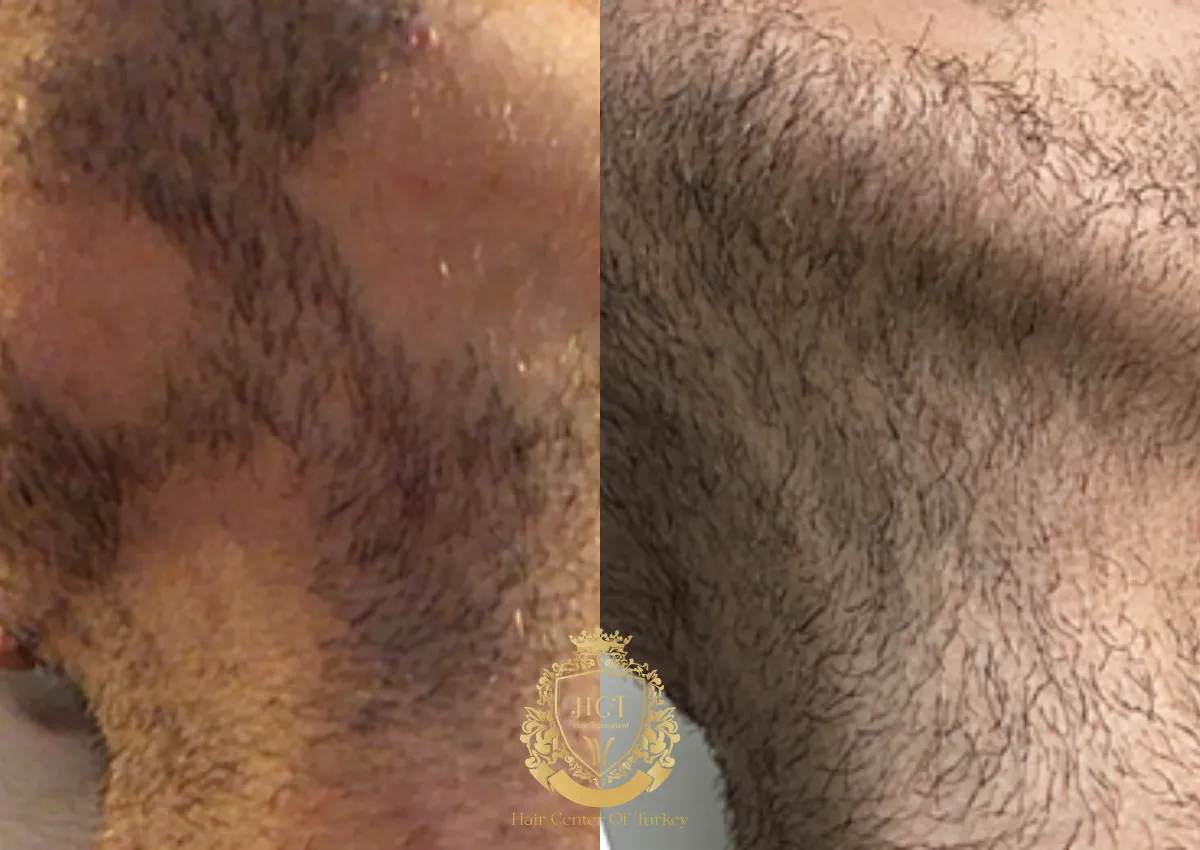
Alopecia Barbae Treatment
Although there is no cure for alopecia barbae, it is possible to treat the symptoms. In this way, hair can grow back and become permanent. However, it is also possible for them to fall out again. Several years may pass between recurring problems. It is also possible for the hair to partially regrow.
Your hair can grow back as before. However, it may grow in a different color or texture. In some cases, there is also a risk that it will not grow at all. There are treatments for alopecia barbae depending on genetics, age, hair loss pattern and other factors.
The aim of these treatments is to prevent the immune system from attacking and to stimulate hair growth. In general, treatments will be more effective if you have lost less than half of your hair.
Can Alopecia Barbae Relapse After Treatment?
There is no specific treatment method for alopecia barbae. Therefore, the patient may not get the desired result after the procedure. People who need to go to doctor controls regularly should also follow the recommendations. Despite all these details, alopecia barbae may recur after treatment.
F.A.Q. (Frequently Asked Questions)


